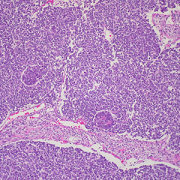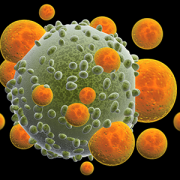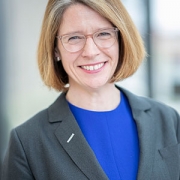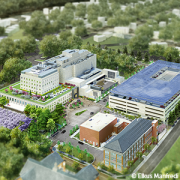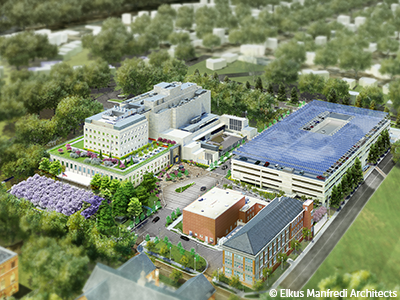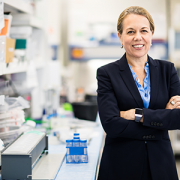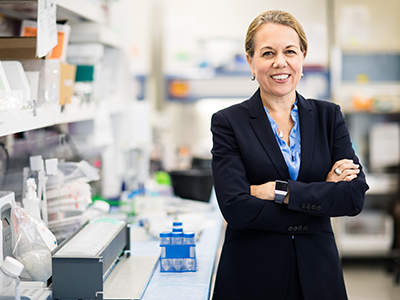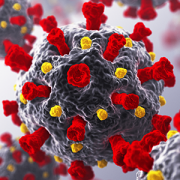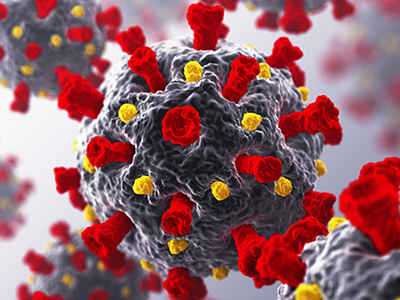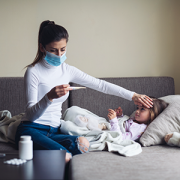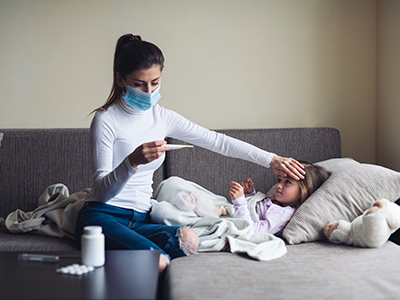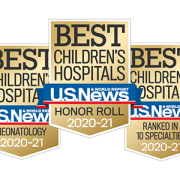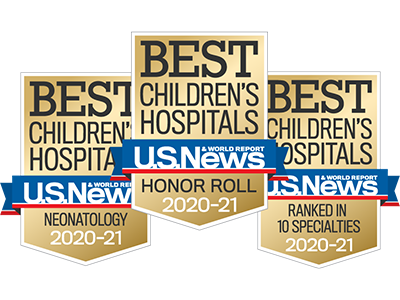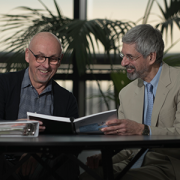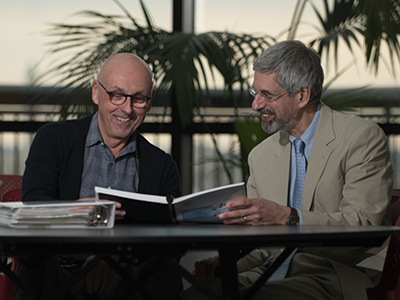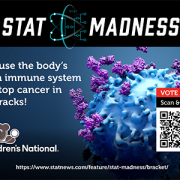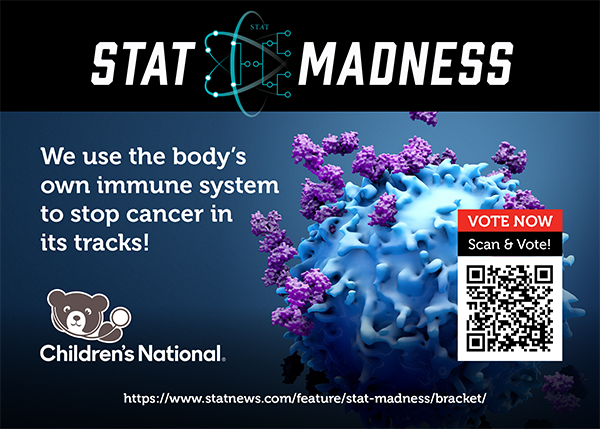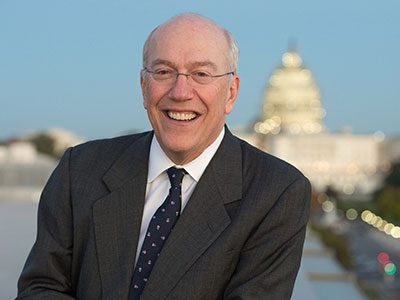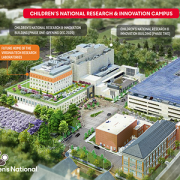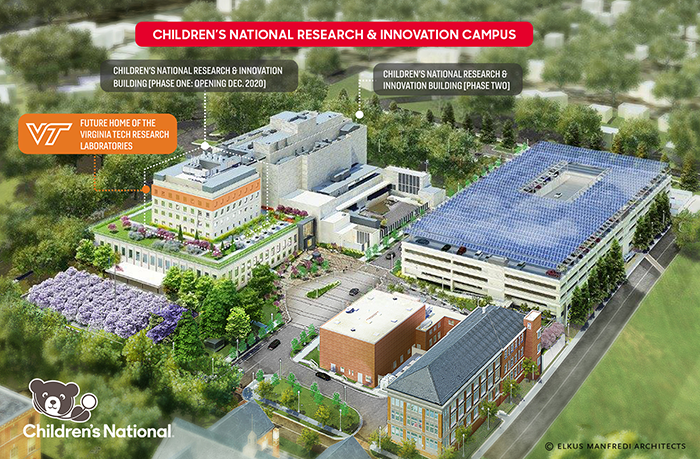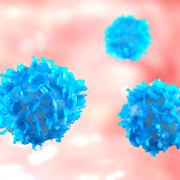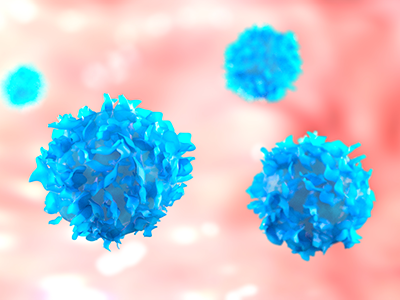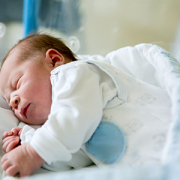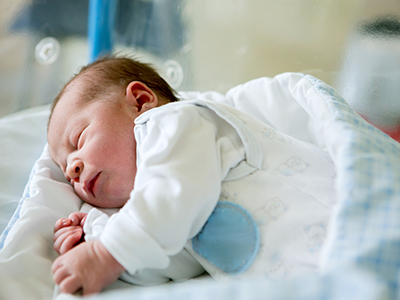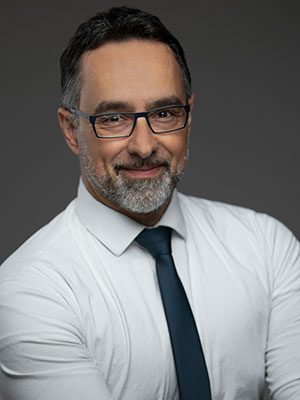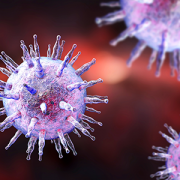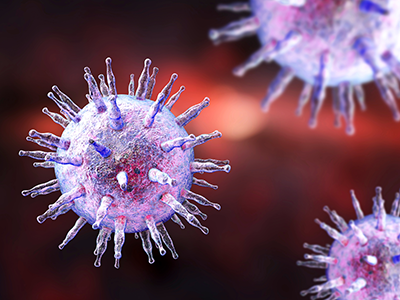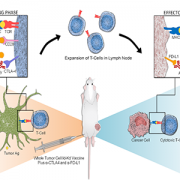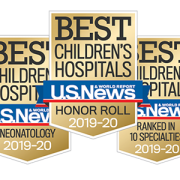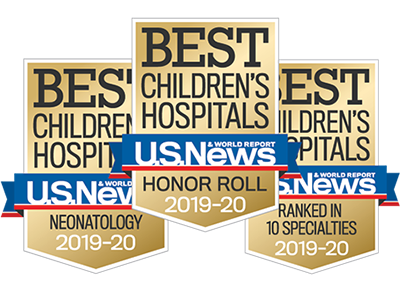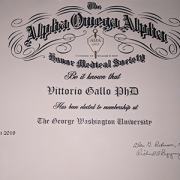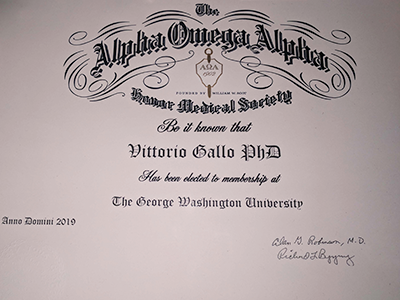PRAME-specific T cell product may facilitate rapid treatment in cancer settings
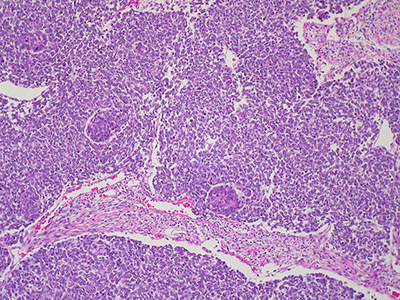
PRAME is a cancer-testis antigen that plays a role in cancer cell proliferation and survival and is overexpressed in many human malignancies, including Wilms tumor. “Wilms Tumor (Nephroblastoma)” by euthman is licensed under CC BY 2.0.
Generated preferentially expressed antigen in melanoma (PRAME)-specific T cells from healthy donors can kill PRAME-expressing tumor cells in vitro, researchers at Children’s National Hospital found. Several novel epitopes, which are antigens that are recognized by the immune system, were also identified for enhanced matching, making this a potential therapeutic option for a broader patient group, according to a study published in Cytotherapy.
PRAME is a cancer-testis antigen that plays a role in cancer cell proliferation and survival and is overexpressed in many human malignancies, including melanoma, leukemia, sarcoma, renal cell cancer and Wilms tumor. PRAME also acts as a foreign substance in the body that can trigger the immune system by activating T cells, making it a good target for anticancer immunotherapy — especially for immunocompromised patients.
“The development of an effective off-the-shelf adoptive T-cell therapy for patients with relapsed or refractory cancers expressing PRAME antigen requires the identification of epitopes essential to the adaptive immune response, which are presented by major histocompatibility complex (MHC) class I and II, and are then recognized by the manufactured PRAME-specific T cell product,” said Amy Hont, M.D., oncologist for the Center for Cancer and Immunology Research at Children’s National Hospital. “We, therefore, set out to extend the repertoire of HLA-restricted PRAME peptide epitopes beyond the few already characterized and demonstrate the cytotoxic activity of PRAME-specific T cells to tumor cells known to express PRAME.”
Immunotherapy options for pediatric patients with high-risk malignancies, especially solid tumors, are few. Tumor-associated antigen-specific T cells (TAA-T) offer a therapeutic option for these patients, and Children’s National is building upon the success of the ongoing clinical trials to optimize this therapy and improve the treatment of our patients.
“These findings will also benefit patients because it better informs the pre-clinical studies of third party TAA-T to treat high-risk malignancies, so that we can move more quickly and safely to clinical trials,” said Dr. Hont.
Stanojevic et al. describes that the T-cell products killed partially HLA-matched tumors, and that this enhanced disintegration of tumor cells compared with non-specific T cells suggests an anti-tumor potential for a clinical trial evaluation to determine the safety and efficacy. Further research about the PRAME-specific T cells will help inform a treatment alternative for patients with solid tumors in the future.
The researchers generated a PRAME-specific T cell bank from healthy donor cells and demonstrated anti-tumor cytolytic activity against tumor lines partially HLA-matched to the T cells and known to express PRAME. By using epitope mapping, they identified several novel epitopes restricted to MHC class I or MHC class II to further inform HLA matching.
“Defining PRAME-specific T cells beyond HLA epitopes could be useful when developing T-cell therapies for worldwide application,” Stanojevic et al. write. “Moreover, creating off-the-shelf products has many potential advantages since such products are readily available for the treatment of patients with aggressive disease or patients for whom an autologous product cannot be manufactured.”
Additional authors from Children’s National are Maja Stanojevic, M.D., Ashley Geiger, M.S., Samuel O’Brien, Robert Ulrey, M.S., Melanie Grant, Ph.D., Anushree Datar, M.S., Ping-Hsien Lee, Ph.D., Haili Lang, M.D., Conrad R.Y. Cruz, M.D., Ph.D., Patrick J. Hanley, Ph.D., A. John Barrett, M.D, Michael D. Keller, M.D., and Catherine M. Bollard, M.D., M.B.Ch.B.


